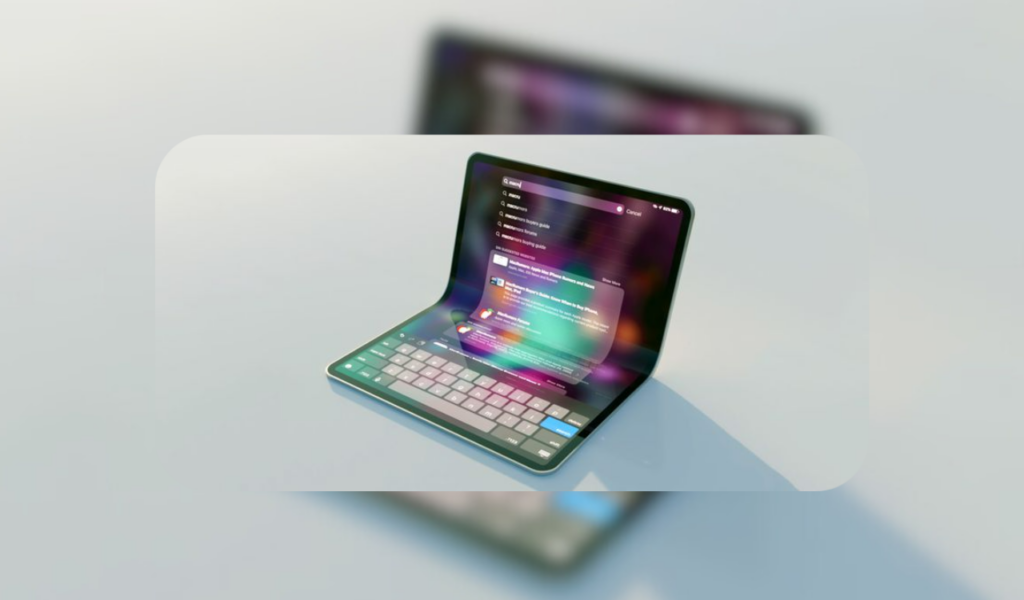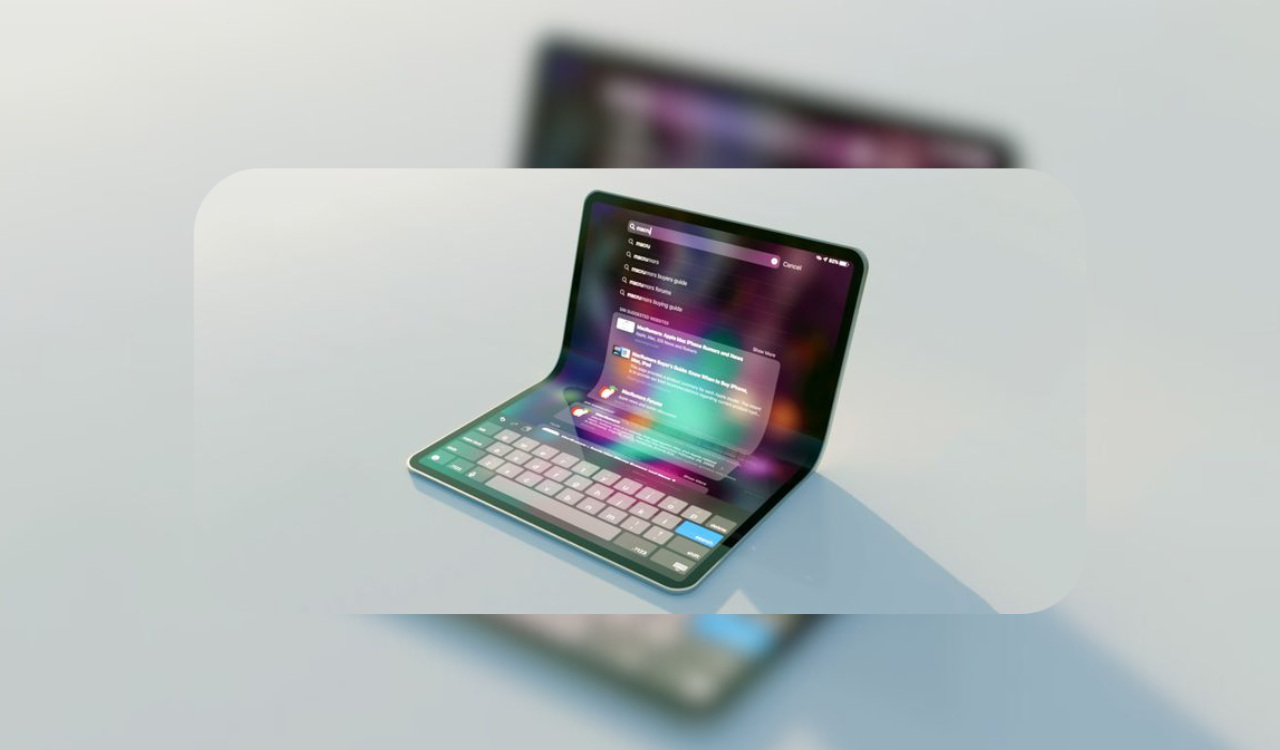The first foldable display device was launched four years ago. The South Korean tech giant Samsung debuted its first device featuring a foldable display, the Galaxy Fold. Apple is now also joining the race to bring the new foldable display device and is all set to become the main competitor, the company has yet to enter the foldable market. Nevertheless, according to the latest reports Apple is in talks with Samsung as a client for foldable displays.
The report from Business Korea confirmed that Apple is currently in discussions with suppliers of foldable displays. The purpose of these talks is to prepare for the launch of a foldable MacBook, indicating that Apple’s initial utilization of this display technology may not be on an iPhone.
Apple Foldable Device
Apple is looking to debut this new device as its first foldable laptop as early as 2025, with a target release year of 2026. This suggests that Apple aims to enter the foldable device market with a different product category before expanding to include foldable iPhones or other devices.

Recently, it was confirmed that Samsung Display has already invested 4.1 trillion won ($3.1 billion) in the development of large-screen foldable OLED panels. The objective is to commence mass production between 2025 and 2026. However, Apple has a history of taking its time with eye-catching technologies, going through extensive prototyping and design phases.
Apple Vision Pro
Apple recently introduced the Vision Pro, an augmented and virtual reality headset, it has been in development for more than a decade. iPhone maker introduced the all-new Vision Pro at WWDC 2023 in June and the official launch is set for early 2024.
Although the Apple Vision Pro is undoubtedly a headset, the company avoids using that specific name to introduce it. Instead, Apple refers to it as a spatial computer due to its capability to seamlessly integrate digital content with the real world.

The Apple Vision Pro represents a mixed reality headset that presents augmented reality (AR) content in the physical environment and immersive virtual content. It is important to note that the headset does not provide a see-through experience, meaning that everything you see is entirely digital.






















































